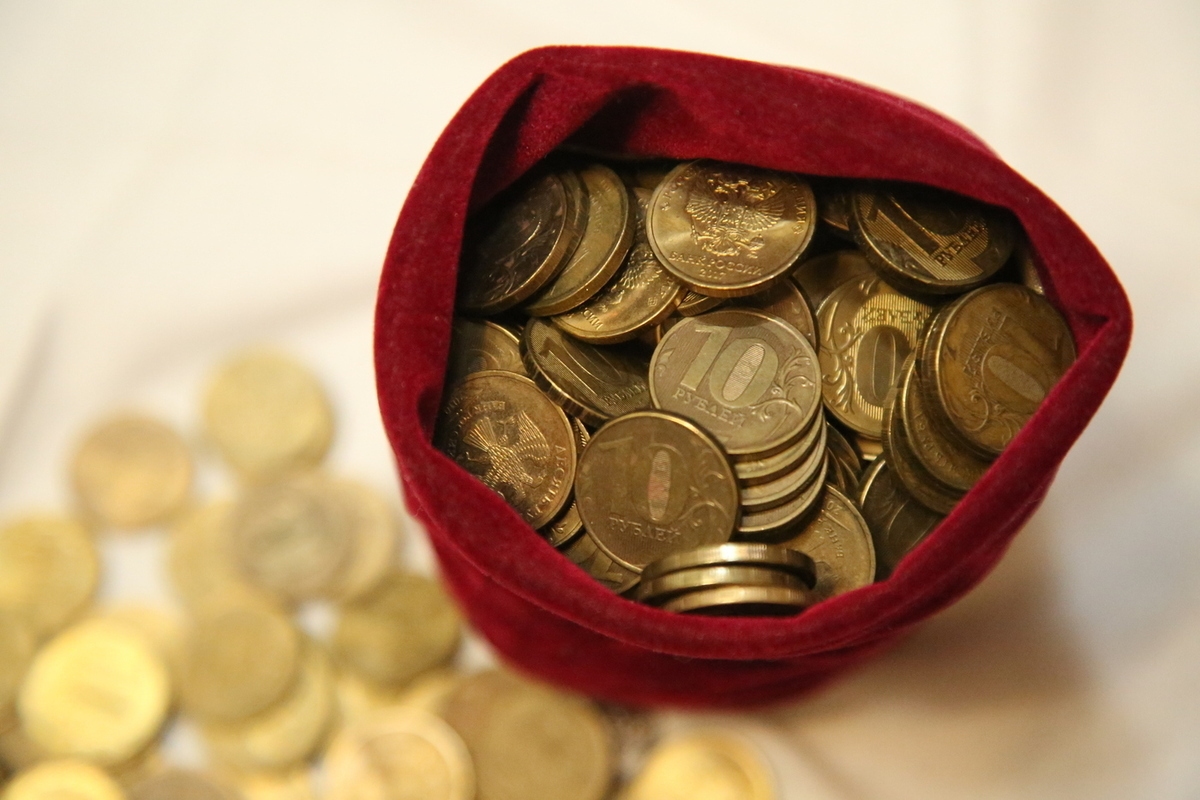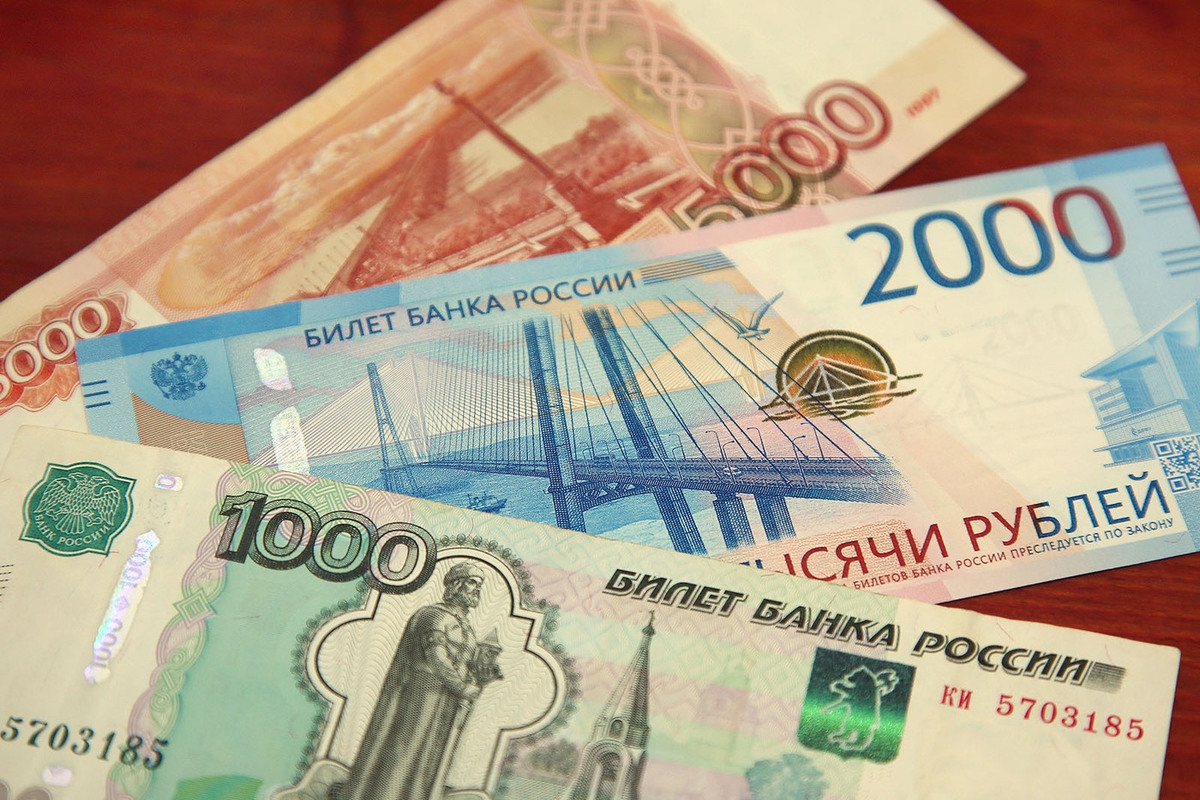"A strong ruble is not a universal benefit"

In October, the ruble was among the top three most appreciated currencies, gaining 2.9% against the US dollar, outperforming the Chilean peso, which gained a more modest 2.4%. Only the Kazakhstani tenge outperformed the ruble, rising 3.6%. In its summary of the key rate discussion, the Bank of Russia cited tight monetary policy, import restrictions, lower demand for foreign assets, and the sale of funds from the National Welfare Fund (NWF) as the main reasons for the national currency's strengthening. MK spoke with economist Alexander Razuvaev to find out what's next for the ruble.
Could the ruble become the most successful currency of 2025, given that there are less than two months left until the end of December, and our ruble has been hovering around 80 rubles to the dollar for over six months?
"He was already awarded this title by Kirill Dmitriev, the special representative of the Russian president and CEO of the Russian Direct Investment Fund (RDIF), in his address following the third day of talks in the United States. In a video published on his Telegram channel, he noted that the ruble had strengthened by 40% against the dollar by 2025, thus becoming "the most successful currency of the year." I would also say that Dmitriev attempted to open the eyes of the American side to the true state of the domestic economy, which, according to him, is doing well. Last year, it grew by more than 4%, our country has a very modest public debt, and, indeed, a very stable currency. Clearly, Dmitriev's words are a direct response to statements by a number of American politicians about the poor state of affairs in Russia. In particular, even President Donald Trump, in late September, during an attempt to persuade Turkey to stop purchasing Russian hydrocarbons, declared that our economy was "going to hell" amid the conflict in Ukraine.
Back in the summer, most analysts predicted the ruble would weaken in the fall, and in September, it seemed like those predictions were coming true. However, in October, it began to react paradoxically to market-worrying news, strengthening amid talk of Tomahawk missile shipments. And news of a possible meeting between Russian and US leaders in Budapest and the idea of building infrastructure across the Bering Strait to Alaska clearly upset the ruble, even though similar events had seemed encouraging back in August. How do you explain this behavior?
The ruble has truly surprised investors this year: the national currency has demonstrated a steady strengthening, forcing experts and investors to search for explanations for this sharp turnaround. There are persistent rumors circulating in the stock market that this is due to an influx of capital linked to Donald Trump's circle, which is allegedly beginning to return to the Russian market through "gray" schemes. According to these theories, interest is particularly strong in dividend-paying securities of Russian oil companies and large banks, as well as, of course, federal loan bonds (OFZs), which offer good returns in Russia. However, behind the loud rumors, it's easy to miss the real, structural reasons for the ruble's success. There are essentially two, and both are purely political and economic in nature.
First, a clear détente in relations between Russia and the United States has emerged. Regardless of how this may be viewed in political circles, it's undeniable that Trump, the current head of the White House, is not Biden. His return to American leadership has raised investors' hopes for an end to the Ukrainian conflict and, consequently, a gradual lifting of sanctions, at least by the United States. Since the beginning of Trump's presidency, the market has been anticipating the unfreezing of the Central Bank's foreign exchange reserves and the lifting of restrictions on the Moscow Exchange. This will open the way for American capital—not only for the purchase of stocks and bonds, but also for full participation in the recovery of the Russian stock market.
— Do you believe that the domestic stock market is waiting specifically for American investors, and not their colleagues from Asia or the Middle East?
Let me remind you of the ambitious goal set by President Vladimir Putin: to double the capitalization of the country's stock market. Achieving this goal without a significant influx of foreign capital is virtually impossible. And the United States still houses the richest investment funds and financiers. And it was American investors who became the driving force behind the Russian market's growth two decades ago: thanks to their participation, the dollar-denominated RTS index soared to a historic 2,500 points, and the stock market capitalization exceeded the country's GDP. Today, Russia faces a similar challenge—and the same stocks of metallurgical companies, large banks, or oil and gas giants could once again become magnets for global capital, if the political situation allows.
Thus, the ruble's current strengthening is not due to rumors or speculation, but to genuine expectations of structural changes in international politics and economics. And how quickly these expectations become reality will determine both the future of the ruble and the growth of the entire Russian stock market.
— What, then, is the second important factor for strengthening the domestic currency?
A second, no less significant reason for the ruble's strengthening is the Bank of Russia's high key rate. With the gap between this rate and official inflation reaching impressive double-digit levels, ruble assets became the only safe haven for capital. For investors seeking stable returns amid uncertainty, Russian deposits and bonds have become a true guarantee of reliability, predictability, and profitability.
For ordinary Russians, a strong ruble is an absolute plus, as it reduces import prices, slows overall inflation, and therefore the cost of everyday goods. This increases purchasing power and strengthens social stability. Moreover, the ruble's strengthening also takes on a geopolitical dimension: Central Asian countries, primarily Kazakhstan, have effectively switched to rubles for foreign trade transactions. This isn't just an economic trend—it signals the growing influence of the Russian currency in the region and the emergence of a new financial architecture, an alternative to the Western one. However, a strong ruble isn't a universal benefit.
- Why not?
This is posing serious challenges for the Russian budget, and especially for export-oriented companies. Foreign currency revenues shrink when converted into rubles, profitability declines, and competitiveness in global markets suffers. This directly impacts the stock market's main barometer—the Moscow Exchange Index, which is based on the shares of the largest exporters: oil, metals, and gas giants. Their valuations, under pressure from the strong ruble, could stagnate or even decline, despite growing profits in foreign currency.
Ultimately, the ruble's apparent stability conceals a complex balance between the interests of the population, the state, and businesses. The goal of economic policy is not simply to maintain the exchange rate, but to find a happy medium that maintains the currency's predictability and the economy's competitiveness.
— So what will happen to the ruble by the end of the year?
"I believe we should expect a certain decline to 85-90 rubles per dollar. December is traditionally not the best month for the national currency, plus, it's clear that an over-strengthened ruble isn't the best option for Russia's budget, which will face a significant deficit this year. According to the Central Bank's forecasts, it could reach 2% of GDP, or 4.4 trillion rubles. However, analysts are more pessimistic, predicting that the state treasury deficit could exceed 8 trillion rubles. I think the truth will be somewhere in between, but closer to the regulator's estimate. And it's clear that the financial authorities won't simply ignore such a budget deficit; they'll try to at least slightly reduce it, even if at the expense of the ruble's exchange rate."
mk.ru





